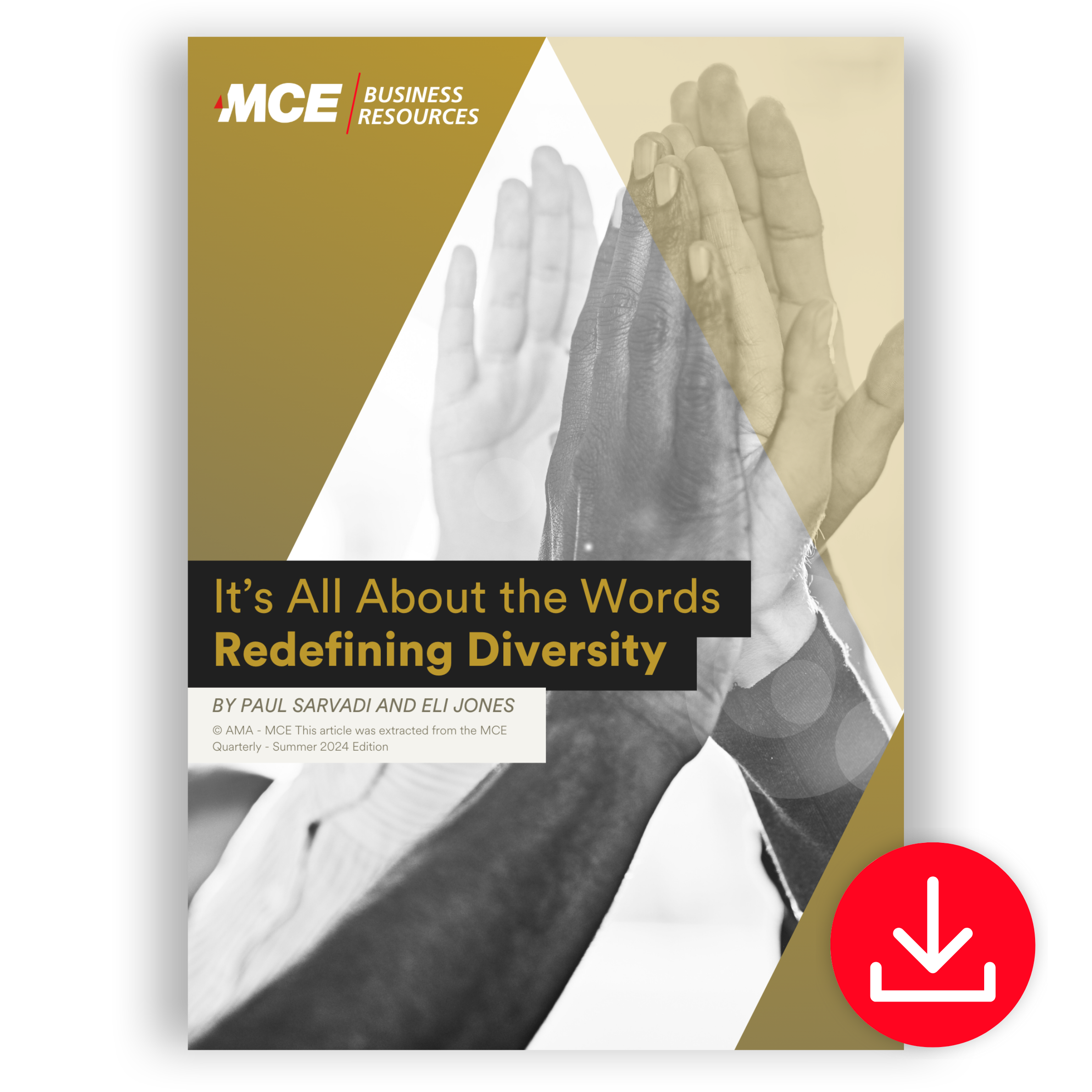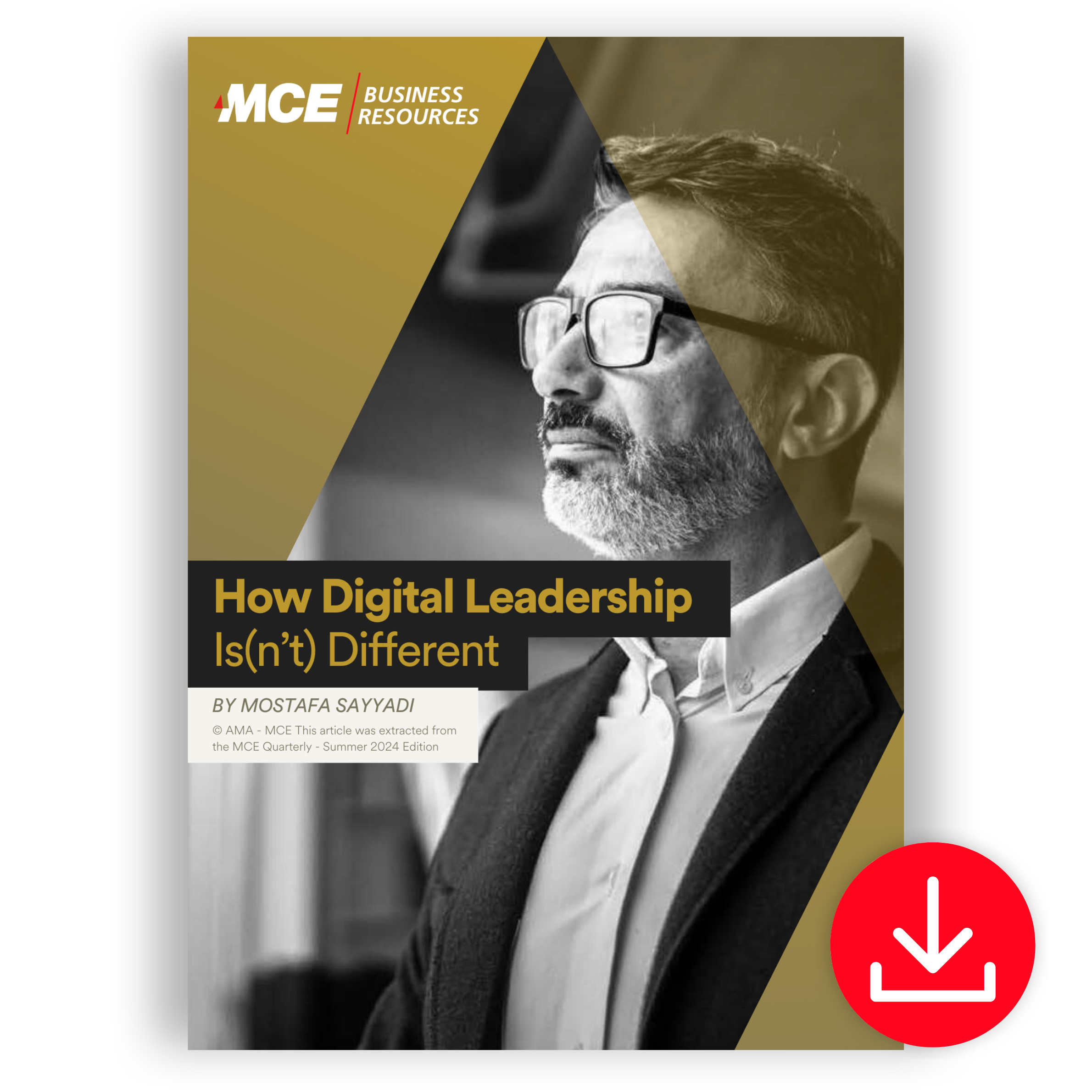Master the finance language… and impact your business bottom line.
As a Manager, how often are you sitting in a meeting with your Finance Colleagues and you are expected to take fast decisions based on financial data provided? How often are you challenged to justify your financial contribution on your long term strategy?
As part of your education, you probably have some basic knowledge in finance but if you do not use that financial terminology often enough, finance becomes a real jargon and you feel totally lost with all the concepts and tools your financial people are referring to.
As a Manager, you are expected to manage your department in an effective and efficient way and contribute to the overall profitability of your organization.
Let’s test how confident you are with these financial concepts, tools and statements.

- You will find 10 Business Finance Questions
- Read each question carefully and give yourself 10 seconds to answer each question
- You can’t ask GOOGLE or ALEXA anything!
- Write down your answers for each question.
- No cheating and no guessing… if you don’t know that’s OK!
- Download the test to see the answers
Ready?
The Business Finance Quiz:
QUESTION 1
GAAP refers to financial accounting principles that are compulsory in all countries around the globe.
a) True
b) False
QUESTION 2
The Balance Sheet is an important financial statement that needs to be produced at the end of a fiscal period. It shows the company financial situation in terms of:
a) Funds Available vs Use of Funds
b) Current assets vs. Current Liabilities
c) Total fixed assets vs. Total Equity
QUESTION 3
The Income Statement is crucial for companies because it summarizes over a given period of time:
a) the company’s revenues and costs
b) the company’s sales and the costs of goods sold
c) the contributions to the company’s profit or loss
QUESTION 4
EBITDA is a cash oriented profitability measure that stands for Earnings Before Interest, Tax, Depreciation & Amortization. It is calculated as follows:
a) Gross Profit less Depreciation and Amortization
b) Operating Profit, Depreciation and Amortization
c) EBIT less taxes and Interest
QUESTION 5
A company’s liquidity is considered being safe when:
a) Its Acid Test is above 1
b) Its Current Ratio is less than 1
c) Its Quick Ratio is less than 1
QUESTION 6
ROA, ROE, ROCE are profitability ratios. Which one measures management efficiency in using assets to generate earnings?
a) ROA (Retun on Assets)
b) ROE (Return on Equity)
c) ROCE (Return on Capital Employed)
QUESTION 7
The DPO is one of the company activity ratios used to measure:
a) The average number of days needed to collect money from customers
b) The average number of days inventories are held
c) The average number of days needed to pay suppliers
QUESTION 8
OWC stands for ‘Operating Capital’ and generally, companies try to keep it low. What are the levers used to reduce OWC?
a) Accounts Receivables, Inventory and Accounts Payables
b) Working Capital, Loans and Debts
c) Production Costs, Early revenue payment, Delayed Suppliers Payment
QUESTION 9
What is the most popular investement decision making tool for cash flow forecast?
a) Payback Period (PP)
b) Net Present Value (NPV)
c) Internal Rate of Return (IRR)
QUESTION 10
The contribution towards covering fixed costs from selling one more unit of the product or service is called Contribution Margin per unit and is calculated as follows:
a) Unit Revenue Price minus Unit Variable Cost
b) Total Revenue minus Fixed and Variable costs
c) Profit per Unit minus Unit Fixed Costs
DOWNLOAD THE ANSWER! BUSINESS FINANCE QUIZ










